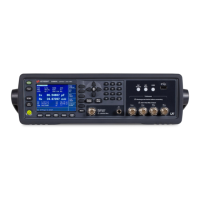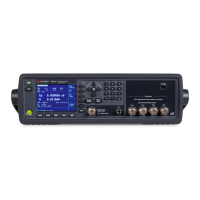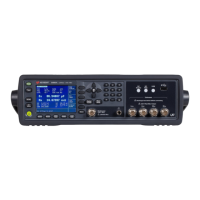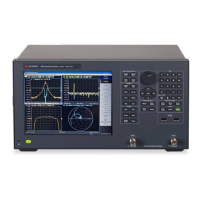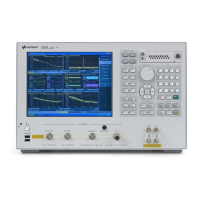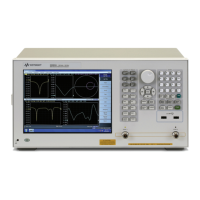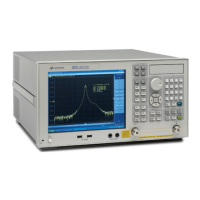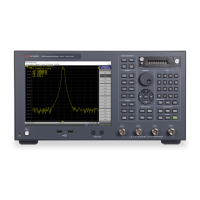E4990A Help
142
• Calculating Several Traces (Equation Editor)
• Making Pass/Fail Evaluation (Limit Test)
Analyzing Data on the Trace Using the Marker
• About Marker Functions
• Reading Marker Values on Trace
• Reading Relative Value from Reference Point on Trace
• Reading Actual Measurement Point/Value Interpolated between
Measurement Points
• Setting up Markers for Each Trace/Setting up Markers for Coupled
Operation between Traces
• Listing Marker Values in All Displayed Channels
• Specifying Display Position of Marker Values
• Aligning Marker Value Display
• Displaying All Marker Values for Displayed Traces
Other topics about Analysis and Processing of Result
About Marker Functions
The marker can be used in the following ways:
• Reading a measured value as numerical data (as an absolute value
or a relative value from the reference point)
• Moving the marker to a specific point on the trace (marker search)
• Analyzing trace data to determine a specific parameter
• Using the value of the marker to change the stimulus (sweep range)
and scale (value of the reference line)
For the procedure used to change the sweep range and scale by using the
marker, refer to Setting the Sweep Range Using the Marker and Converting
From a Reference Point to a Relative Value.
The E4990A is capable of displaying up to 10 markers including the
reference marker on each trace. Each marker has a stimulus value (the
value on the X-axis in rectangular display format) and a response value
(the value on the Y-axis in rectangular display format). The Smith chart
and polar formats have two marker response values each (log amplitude
and phase).
Reading Marker Values on Trace
You can read the value of a marker displayed on the trace.
In rectangular display format, the marker response value is always in the
same data format as that of the Y-axis. On the contrary, one format of the
